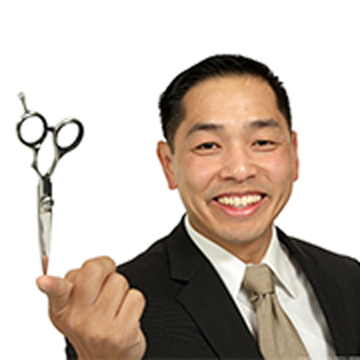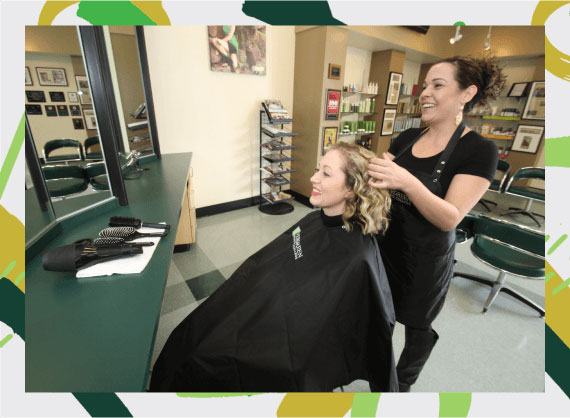The History & Evolution of the Cosmetology Mannequin Head
The history of makeup is nearly synonymous with the history of humans, since for as long as we have congregated as a society there have been efforts to make men and women appear more attractive, younger, or healthier, and the cosmetology mannequin head may be older than you realize.
The Makeup of the Ancients
Two thousand years ago, a person living in Greece, Rome, or Egypt would have access to just as many types of makeups, wigs, or other cosmetics as a person does today in a major city. Different types of alchemy and chemistry were used to produce makeup, such as an early concealer that was produced from lead — which often caused sickness and even death when applied over time. The mannequins we know today, however, would be unfamiliar in some cultures like the Spartans, who believed their women to be the most beautiful in the world and thus banned all cosmetics. Basic wooden or clay mannequin heads were used to store wigs or test makeup, though not in the quantity that they are used today.
Shifts in Perspective
As the Roman Empire fell, Islamic societies picked up much of the culture that had been lost in the Dark Ages. New types of makeup like eyeliner became prevalent in Islamic nations, and cosmetologists experimented with colors and shades on both people and plaster heads. Dyes like indigo allowed for a much richer spectrum of color, though they remained so expensive that few could afford to use them, or even test out their capabilities.
The First True Models
The term mannequin as we know it comes from the French tradition of hanging garments in windows for passers-bye to look at. Though it seems perfectly normal today, it was a revolution in marketing six hundred years ago, allowing for a clothing merchant to become famous overnight when first utilized, since everyone wanted to crowd around and see their wares on display. Fashion far outpaced cosmetics, however, and no makeup artisans or merchants had the ability to produce their products in large quantities for another few hundred years.
Schools of Thought
Changes in education during the 1800s took mannequins out of backrooms and into classrooms. These figures became the staple for students to experiment with makeup and hair styles in some of the first great beauty salons. At the time, only men worked as cosmetologists. Often, doctors would sell makeup since they made so little money selling medicine to people who could not afford most of it.
If you would like to kick-start your career as a cosmetologist, we at Evergreen Beauty School offer various beauty courses. Contact us today for more information.




